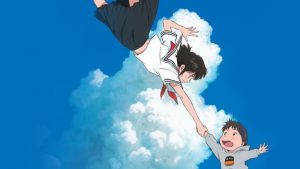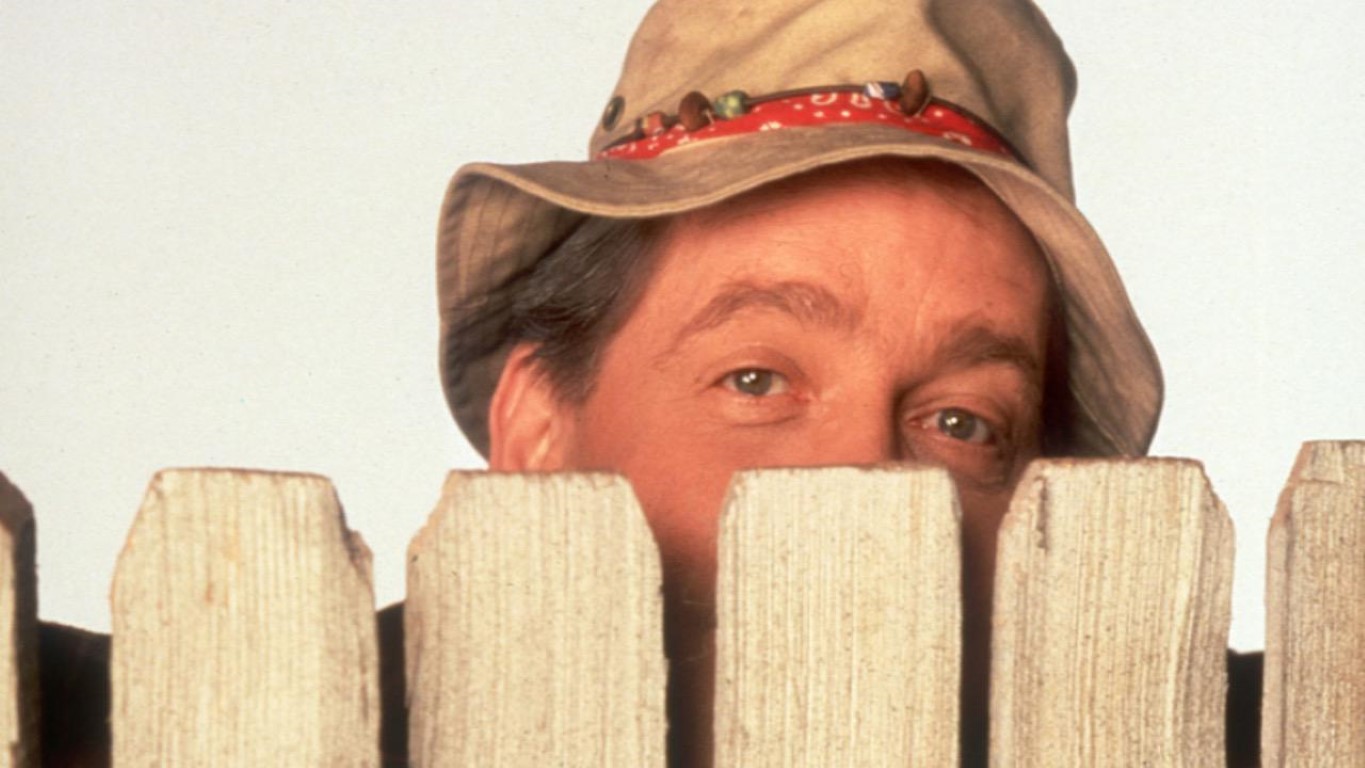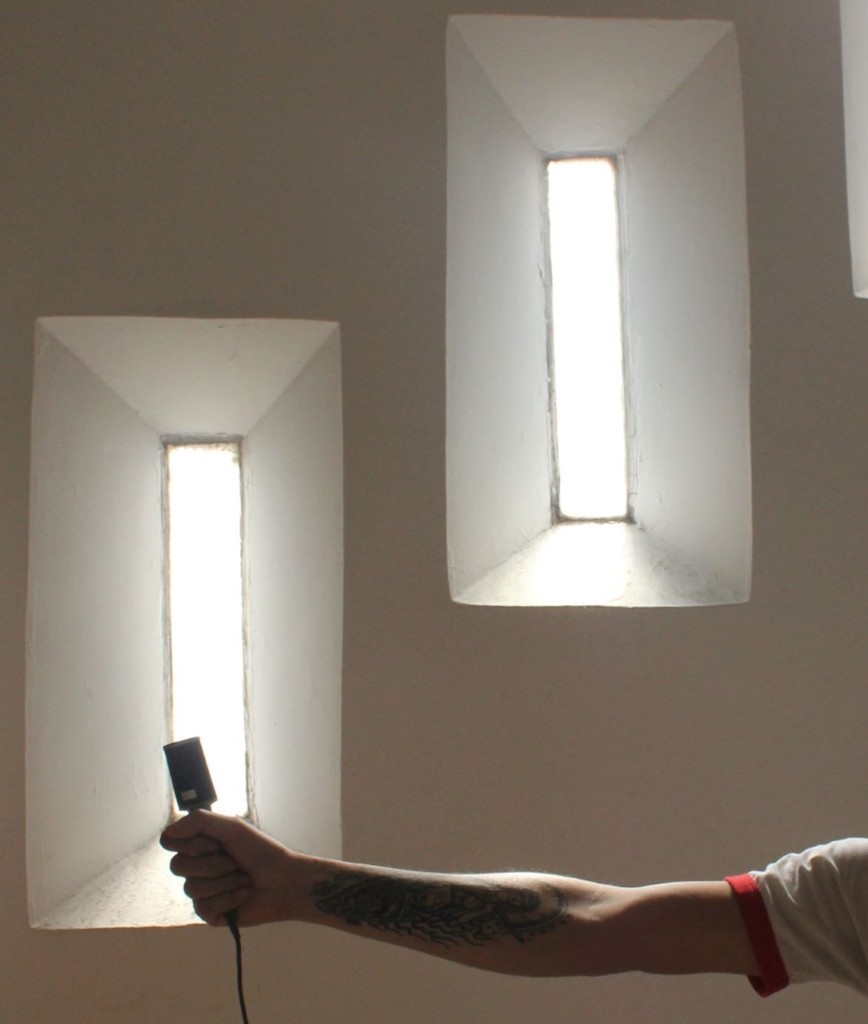
‘Mirai’ film review
By Jerrison Oracion, Senior Columnist
5/5
The Anime “New Wave” is happening right now, as we see in the recent film Mirai.
Unlike the films of Studio Ghibli, which are part of an earlier style of anime, these more recent anime films try to present something in a new way and show mind-blowing images, as seen in titles like Your Name. and the films of Studio Ponoc. Studio Ponoc’s films in this style include Mary and the Witch’s Flower and their next film Modest Heroes (possibly opening in Vancouver next month), which is a series of short films in one film.
It all began with Mamoru Hosoda’s 2006 film The Girl Who Leapt Through Time, which presented time travelling as you’ve never seen it before. Hosoda’s next film Mirai also involves time travelling—except this time, it focuses on aspects of family life.
Kun (Jaden Waldman) has a new sister named Mirai, which means future. However, when his mother (Rebecca Hall) and father (John Cho) spend more time with Mirai, Kun feels that they like his new sister more than him. When he goes outside of their front lawn and stands near their tree, he meets several members of his family in other forms including his dog, Yukko (Crispin Freeman), a future version of Mirai (Victoria Grace), and his grandmother’s father (Daniel Dae Kim). They all help Kun get through the challenges of having a sibling.
The film doesn’t only focus on the relationship between Kun and Mirai. It also portrays Kun’s parents handling two children, their father taking care of them while he is working, Kun’s mother’s relationship with her own mother and her childhood, and Kun learning new experiences.
Most of the time the fantasy sequences begin the same way, which can be repetitive. I think they could have started them another way, like cutting scenes and speech differently. We also see a lot of shots of the frame panning up and down between the city of Yokohama and Kun’s house.
Mirai includes some scenes that are usually not seen in anime. In the scene where Kun learns to ride a bike, after he makes an attempt, it cuts to black before he tries again. When the film shows something through an iPad, the image looks like something in a video camera in the 1990s, although recent iPads have the retina display so the screen should not be pixilated.
Hosoda uses some of his personal experiences to show what the family is going through after Mirai is born. There are a lot of references to the bullet trains and the trains in Japan because Kun likes trains and building train tracks.
The last quarter of the film is scary, so it might frighten young children. The station attendant is as creepy as HAL from 2001: A Space Odyssey. The songs in the film by Tamuro Yamashita set the mood of the film and end it on a happy note. The track in the beginning of the film sounds like it could have fit with the Queen song, “You’re My Best Friend.”
Mirai is a mind-blowing experience that shows that having a sibling can be fun. If you’d like to learn more about Mamoru Hosoda, there is a retrospective on his films by ScreenPrism.
While Mirai will be released on DVD and Blu-ray soon, if the film gets Best Animated Feature Film in the Academy Awards this year, it might be rereleased in select theatres.


